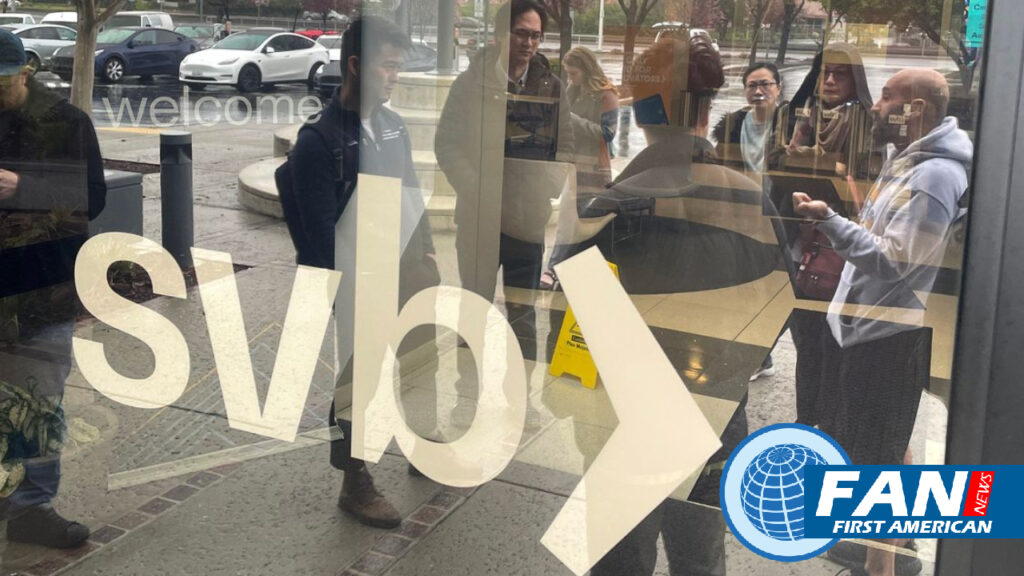Markets
Stock Markets In Bank Drag Down The Dow And S&P 500
The Treasury Department, the Fed, and the Federal Deposit Insurance Corp. guaranteed the deposits of SVB in Stock Markets, which collapsed after an attempt to raise capital led to a bank run. Regulators also said they had taken control of Signature Bank, which serves many cryptocurrency companies.
Yet stock investors found a possible silver lining in the tumult: The rescue plan appeared to shift—at least temporarily—the calculus on the path of Fed’s interest-rate increases.
The S&P 500 closed down 5.83 points, or 0.2%, at 3855.76, for its third straight day of losses. The Dow Jones Industrial Average slipped 90.50 points, or 0.3%, to 31819.14. The tech-heavy Nasdaq Composite added 49.96 points, or 0.4%, to 11188.84.
Investors in interest-rate futures markets now see a greater than one-in-three chance that the Fed will hold rates steady at its meeting next week, according to CME Group. Last week, they were positioning for the central bank to either raise rates by a quarter-percentage point, as it did last month or by a half-point, as it did in December.
Some investors are even again hoping the Fed will cut interest rates this year, a sharp shift in policy that would likely propel a rally in stocks. Technology shares, which are typically most sensitive to higher interest rates, advanced Monday.
Get Bloomberg and WSJ Digital Subscription 5 Years for $159
Former Goldman Sachs Group Chief Executive Lloyd Blankfein said on Twitter that he sees a potential slowdown in Fed increases as a tailwind for Stock Markets.
“Anxiety and volatility [are] high, but sharply lower interest rates, Fed likely on hold, are strong positives for markets,” Mr. Blankfein said.
Goldman’s economists said they still expect rate increases in May, June and July, ultimately pushing interest rates to 5.25% to 5.5%.
Trading was volatile Monday. Major indexes opened lower, erased those losses to spend most of the session in the green, and then lost steam again in the final 30 minutes before the closing bell.
Seven of the 11 sectors in the S&P 500 climbed, led by the utility and real-estate groups. Financials dragged the index lower.
After rallying to start the year on hopes the Fed was nearing the end of its tightening cycle, the S&P 500 and Dow industrials have lost momentum. The indexes are up 0.4% and down 4%, respectively, in 2023.
“When the Fed raises rates so quickly, nine times out of 10, it breaks things. We may see more corporate failures, we may see more regional banks go under,” said Edward Smith, co-chief investment officer at Rathbones.
Yields on government bonds on both sides of the Atlantic dropped sharply and trading in several regional bank stocks was halted for volatility shortly after the opening bell.
The yield on the 2-year Treasury bill dropped to 4.030% from 4.586%, its largest single-day decline since 1987. The yield on the 10-year U.S. Treasury note fell to 3.515%, from 3.694% Friday. Bond yields fall as prices rise.
Get WSJ Barron’s Subscription 5-Years for $89
Regional bank shares plummeted, with investors’ confidence shaken. Larger banks fared better, but the S&P 500’s financial sector was still off about 3.8%.
First Republic shares were halted for volatility after plunging 65% in morning trading, despite an agreement for additional financing from JPMorgan Chase on Sunday. The regional lender’s shares fell $50.55, or 62%, to close at $31.21.
First Republic, Western Alliance Bancorp, and Metropolitan Bank were among the worst performers in the U.S. Stock Markets, all dropping by more than 40%. The KBW Bank Index, which tracks 24 leading banks, tumbled 12%.
Wall Street’s fear gauge—the Cboe Volatility Index—jumped to its highest in five months, at about 26.5.
“Maintaining depositor and investor confidence is crucial for a financial institution, and we cannot completely rule out the possibility that other banks could face similar concerns, despite what appear to be very sound balance sheets across the industry,” said Solita Marcelli, chief investment officer for the Americas at UBS Global Wealth Management.
Europe’s pan-continental Stoxx Europe 600 Index declined 2.4% on its worst day of the year so far, with the banking sector leading losses. Shares of Commerzbank and Credit Suisse both fell around 10%.

